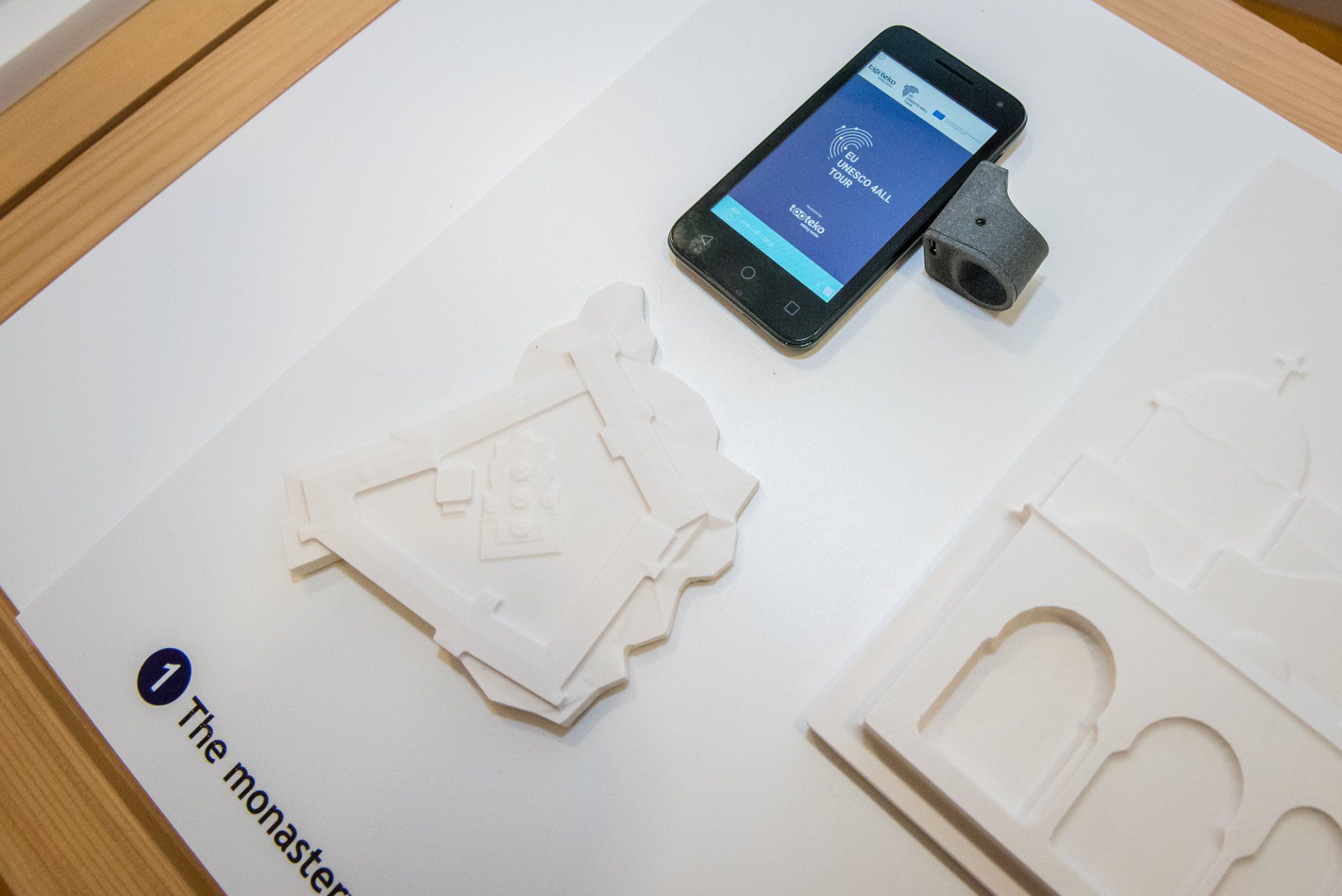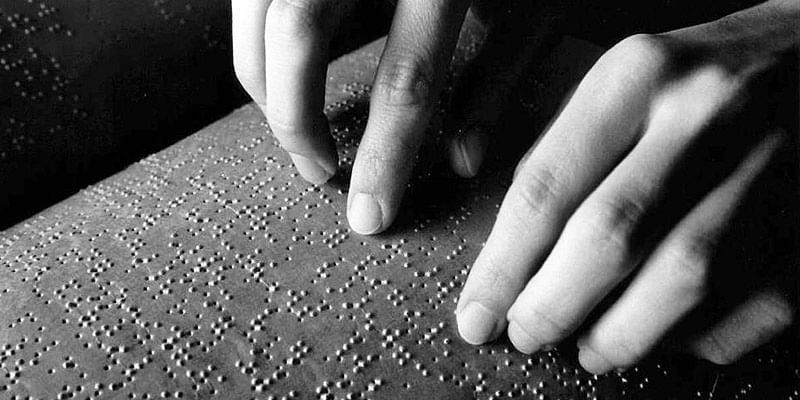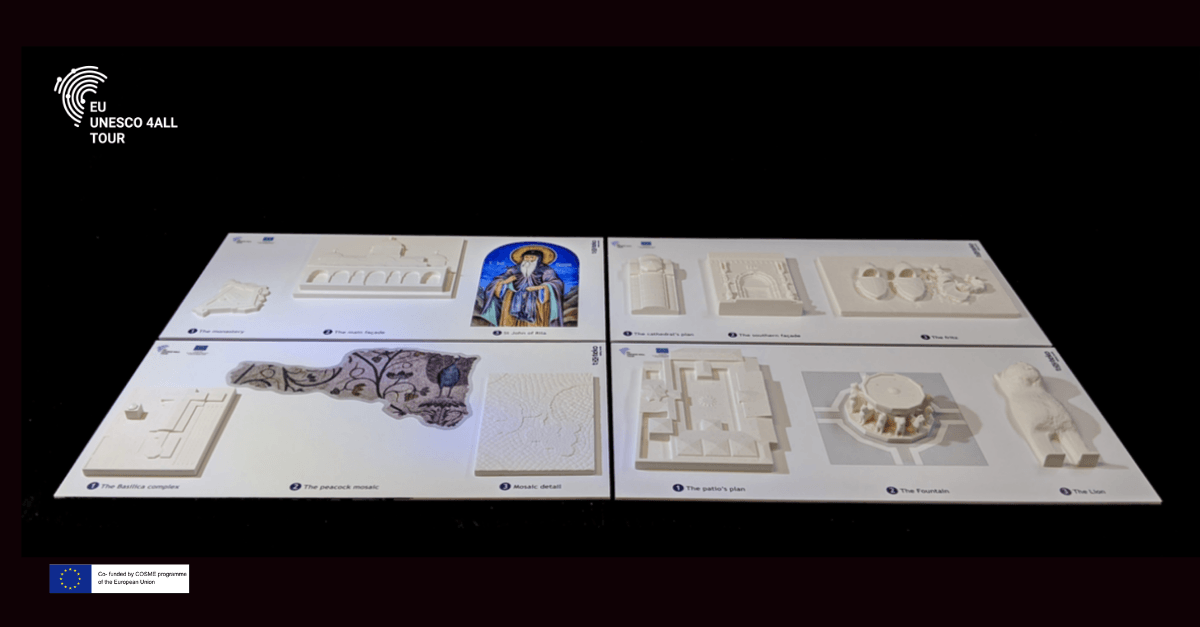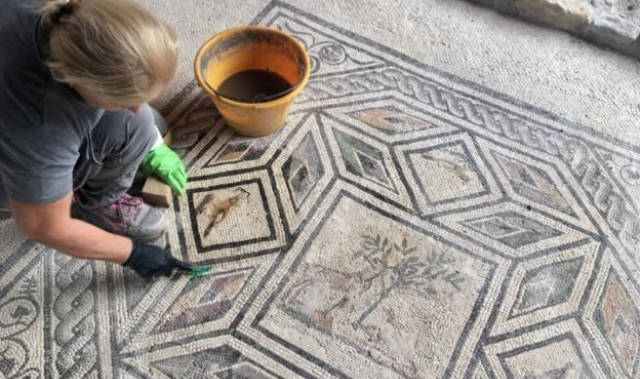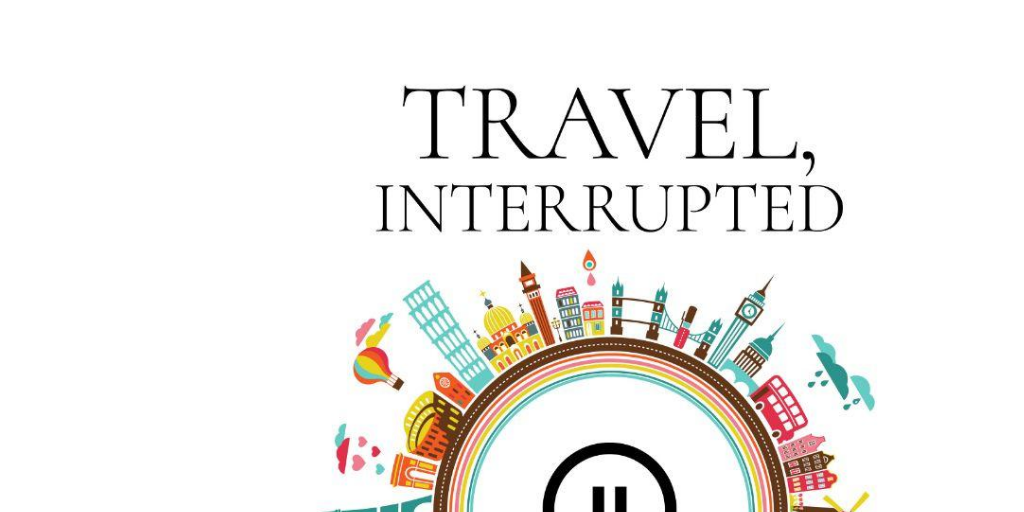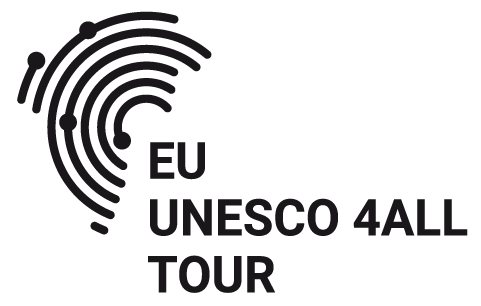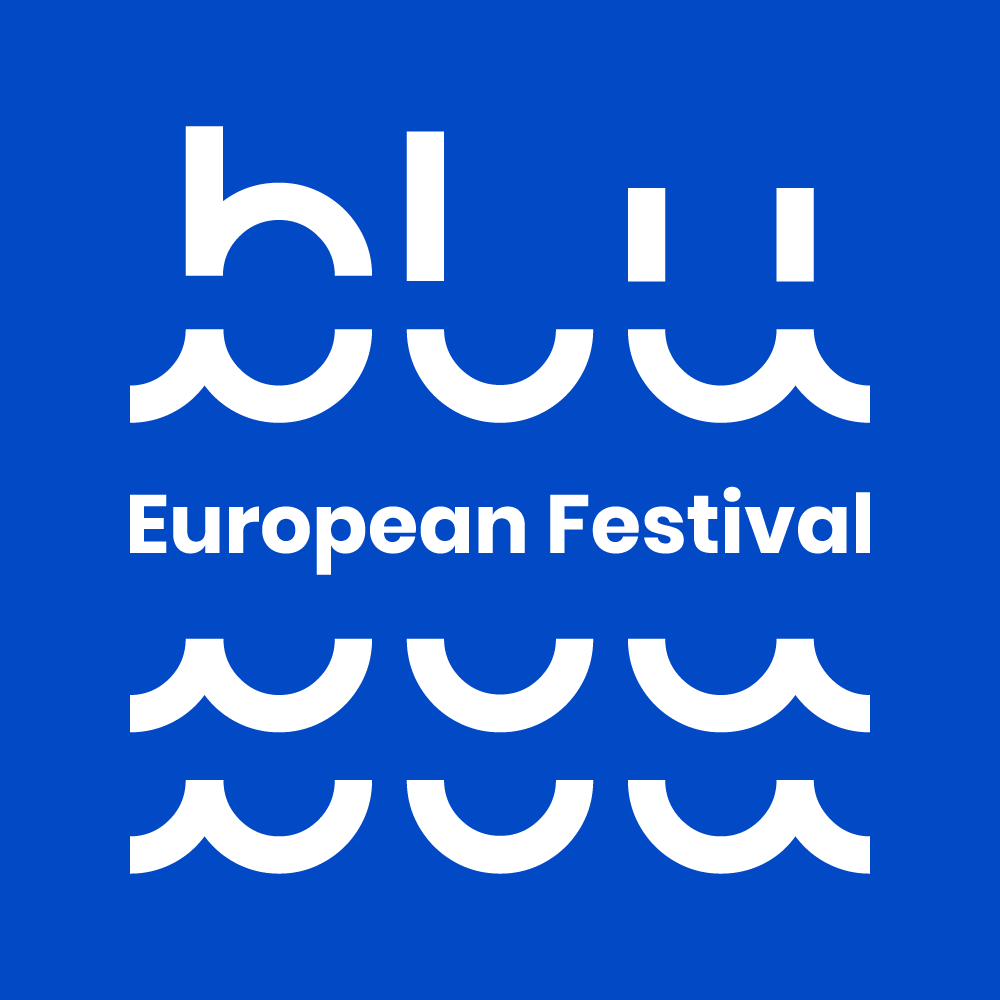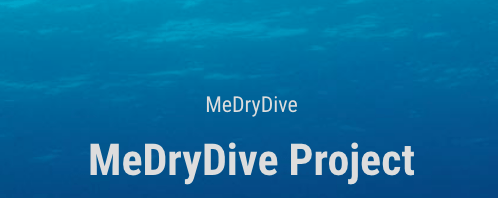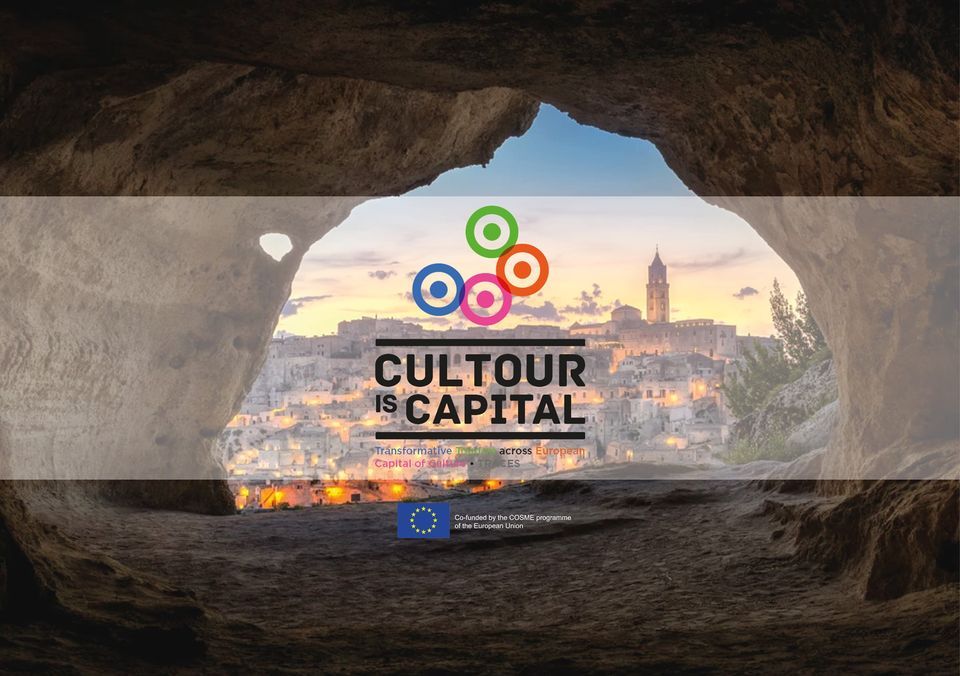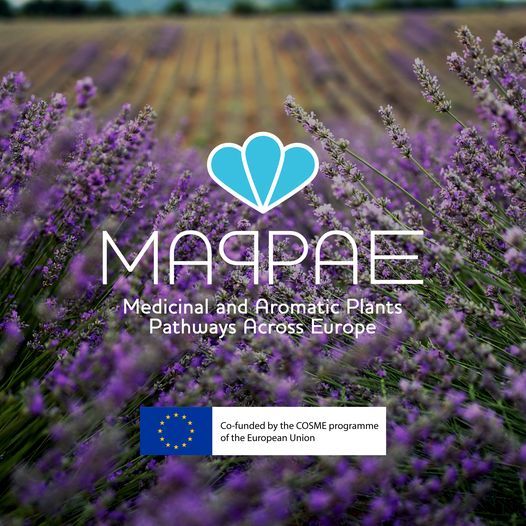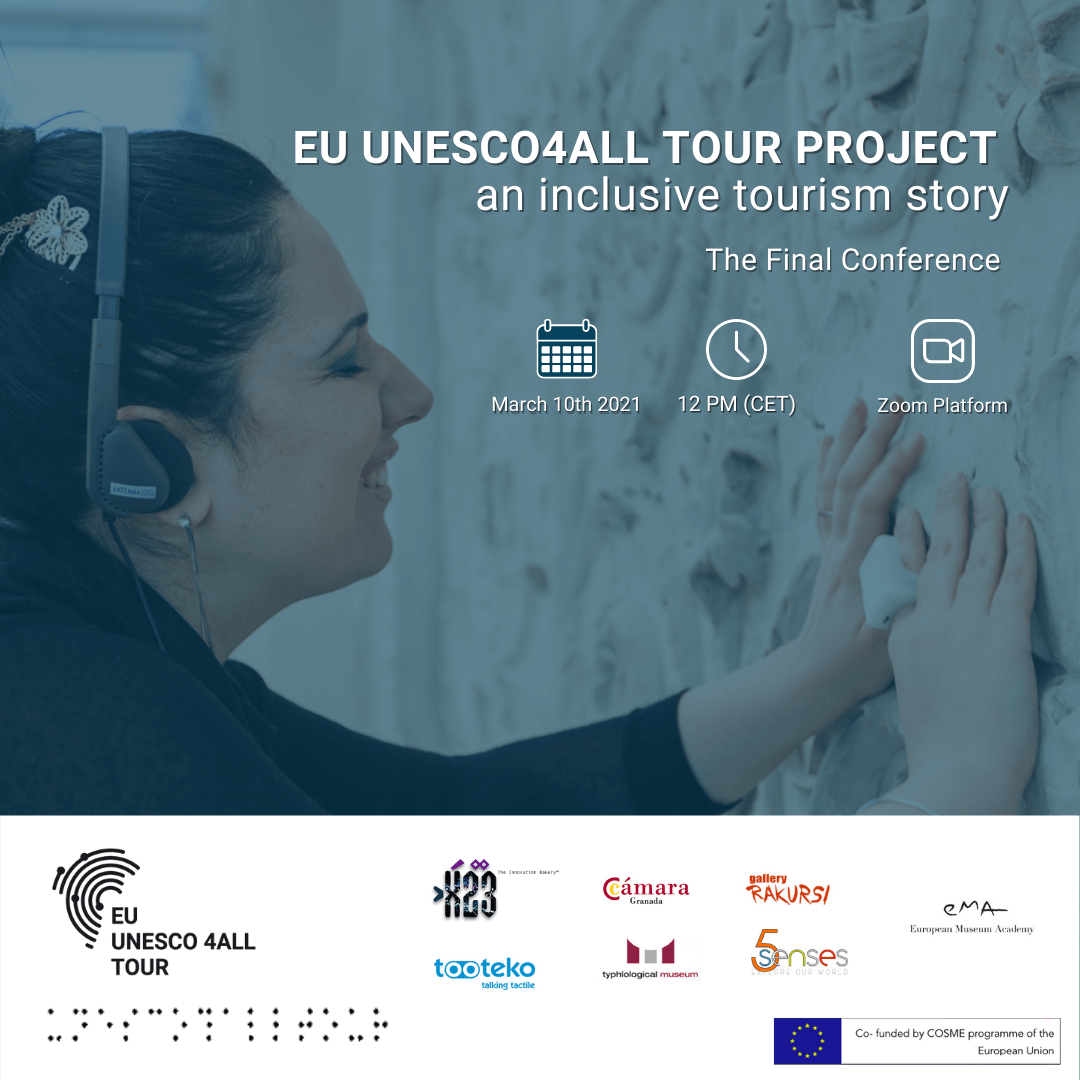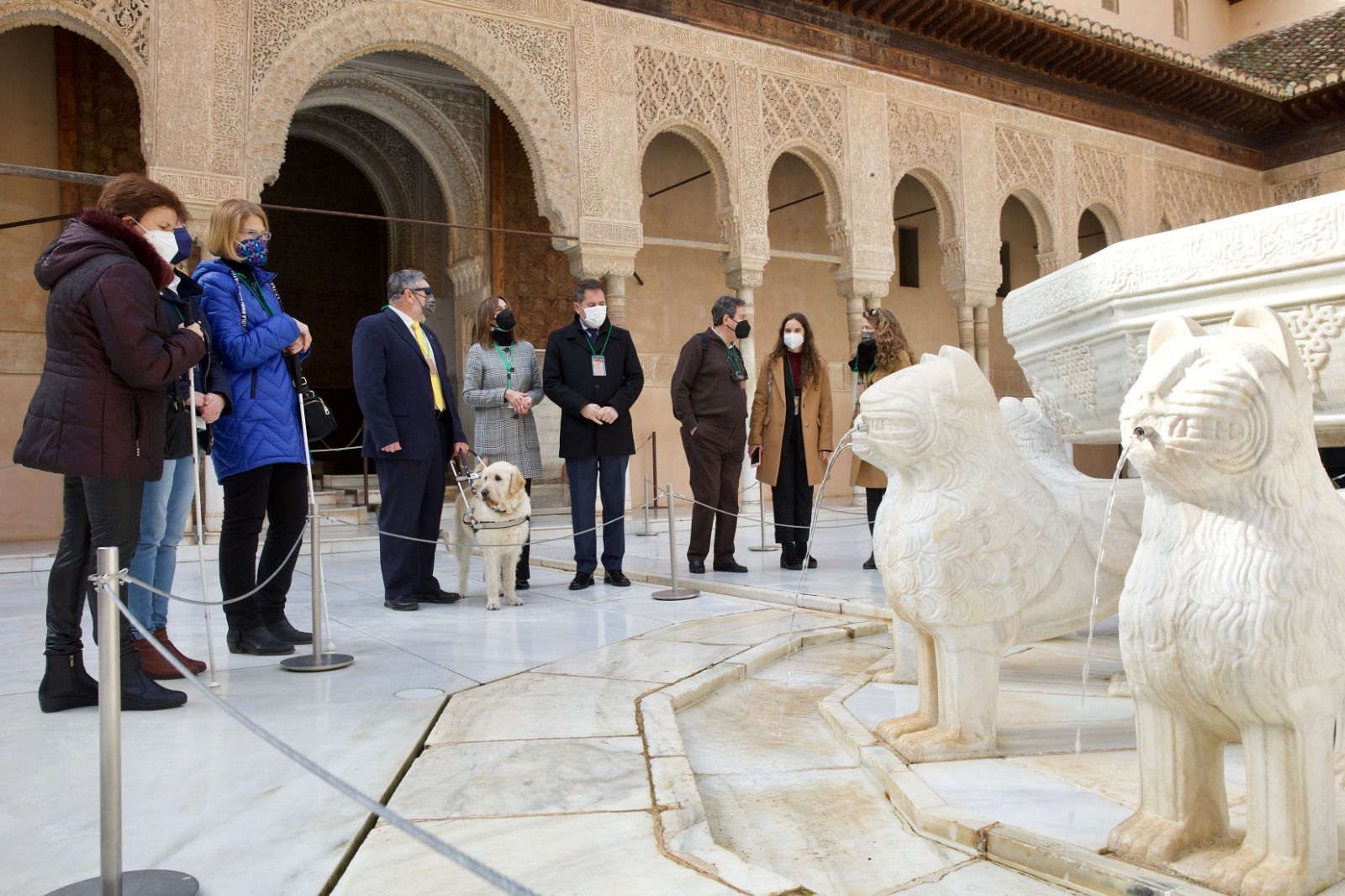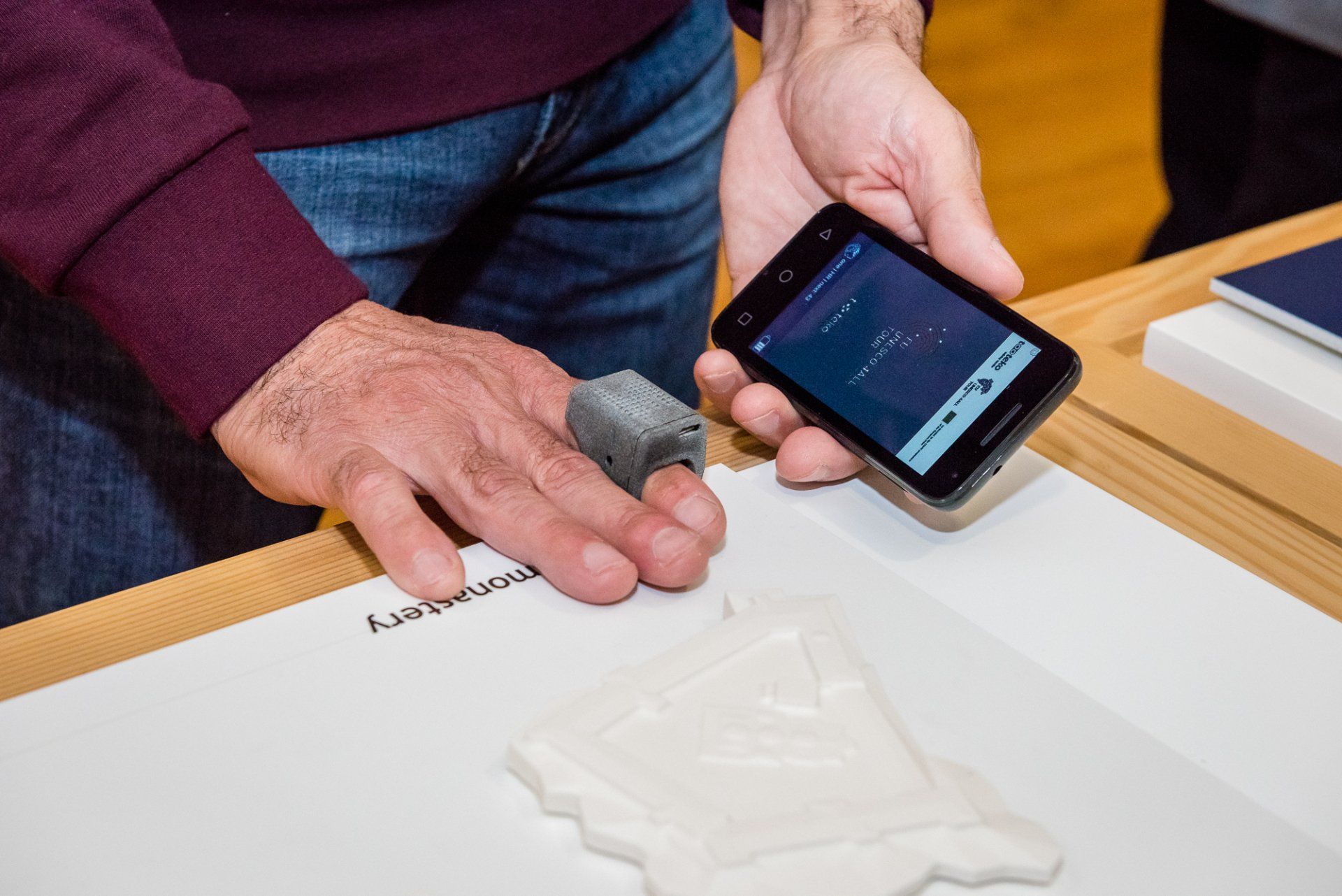EU U4A among the Seven Innovative COSME Tourism Projects to Keep an Eye On
EU U4A among the Seven Innovative COSME Tourism Projects to Keep an Eye On
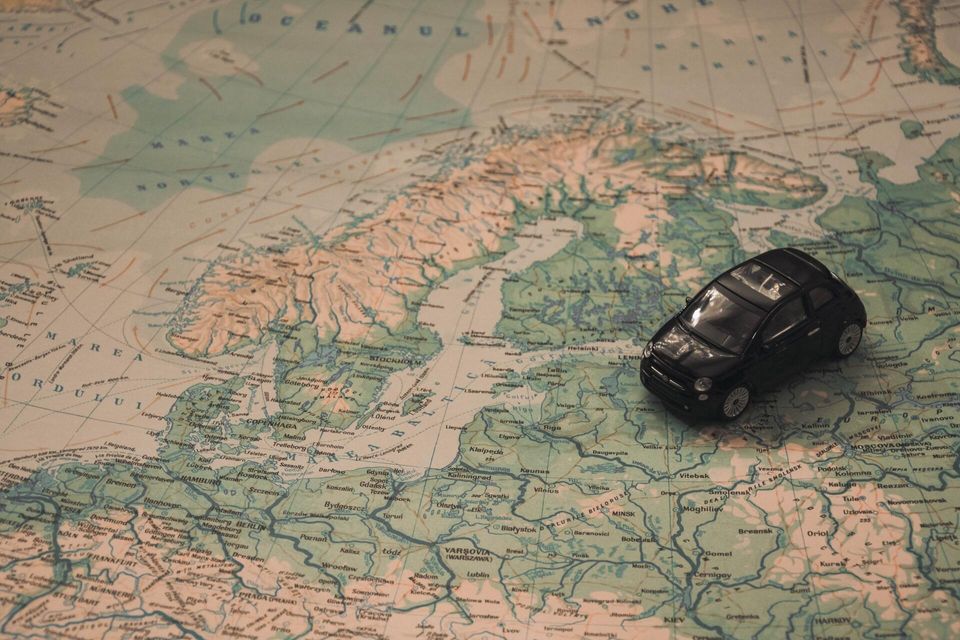
The project supports projects which are innovative in their approach, propose sustainable solutions and are based on the close cooperation with and involvement of tourism and CCIs-related SMEs and professionals, aims to create an innovative, thematic, transnational tourism product based on the UNESCO World Heritage Sites (WHS) in particular when targeted to the blinds and the visual impaired people.
The project aims to develop an innovative transnational thematic tourism product focused on European fishing traditions and related cultural coastal communities. The purpose is to promote local small and medium-sized enterprises and strengthen their competitiveness, exploiting synergies between tourism and cultural industries. The festival will contribute to diversity and increase the visibility of Europe’s hidden fishing and coastal tourism offer.
The project works on the design of a new transnational thematic tourism product with Underwater Cultural Heritage (UCH) in Greece, Italy, Croatia and Montenegro as main tourism attractions. MeDryDive innovates as it integrates personalized Cultural and Creative Industry (CCI) apps like Augmented Reality apps, serious games and videos into the tourism product. Digital content and CCI apps created with the project will enrich the experience of tourists both divers and non-divers and will stimulate their interests on Underwater Cultural Heritage and diving.
The project is based on Phoenicians’ Routes, a transnational thematic Route recognized since 2003 in the Council of Europe Programme « Cultural Route » and since 2016 a thematic route of interest of the UN World Tourism Organization. The Phoenicians’ Route promotes the cultural and archaeological heritage of Mediterranean civilizations following the ancient nautical and maritime routes and offers considerable potential for promotion, visibility and development of related tourism products.
The project aims to boost the competitiveness of European Tourism and promote the image of Europe as a global tourist destination of excellence. The core element are these hidden gems from rural Europe, villages perceived as charming by visitors because of their identity or personality linked to history, traditions, gastronomy, cultural and natural heritage. The overall objective of the project is to position Europe internationally as an integral destination of quality and excellence for cultural tourism, by promoting its most charming rural villages and making the most of Cultural and creative industries (CCI) and technologies to provide an unforgettable experience for visitors.
The project seeks to lay the foundations of a cultural and sustainable tourism model in European Capitals of Culture that pivots around their heritage, creative and cultural industries and ways of living. That is what transformative tourism is about: linking communities so that visitors tap into regional cultures and meaningfully interact with locals, reinforcing the concept of the tourist as a temporary citizen rather than a holidaymaker.
MAPPAE project - acronym for Medicinal and Aromatic Plants Pathways Across Europe. The project aims to create a multi-sensory, tourist and cultural thematic route, linking European destinations united by a common tradition in the field of medicinal and aromatic plants. The project is inspired by the principles of “slow tourism” and “experimental tourism” conceived as a multi-sensory experience. It aims to stimulate visitors with innovative tourist itineraries which address European and intercontinental markets.
Visit the European Commission's website for further information on the COSME projects as well as information on how to travel safely during these times:
https://ec.europa.eu/easme/en/news/seven-cosme-projects-are-putting-european-tourism-map-0
Eager to hear more news about the tourism destinations nowadays?
Follow our social media to stay in the loop!
